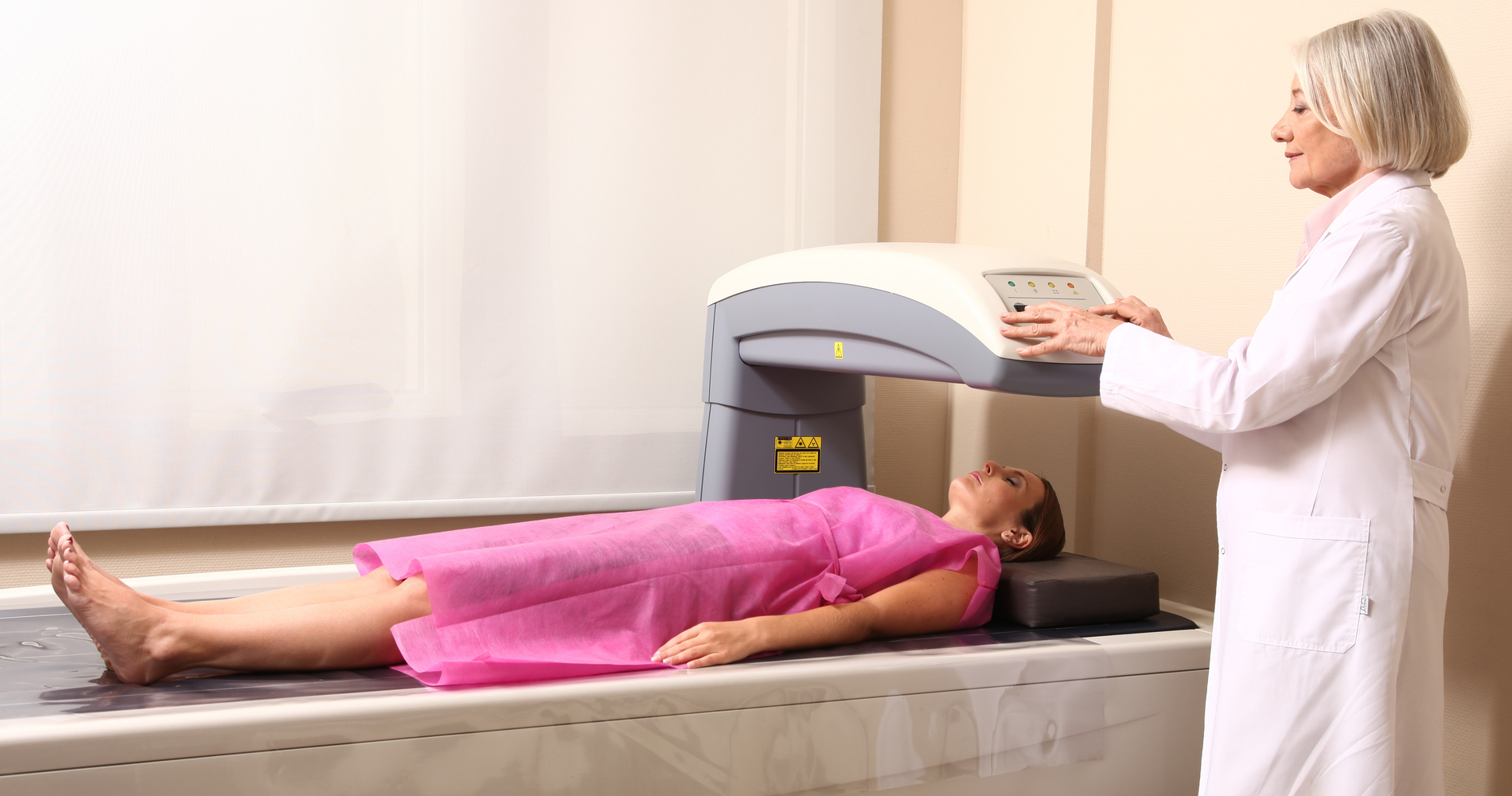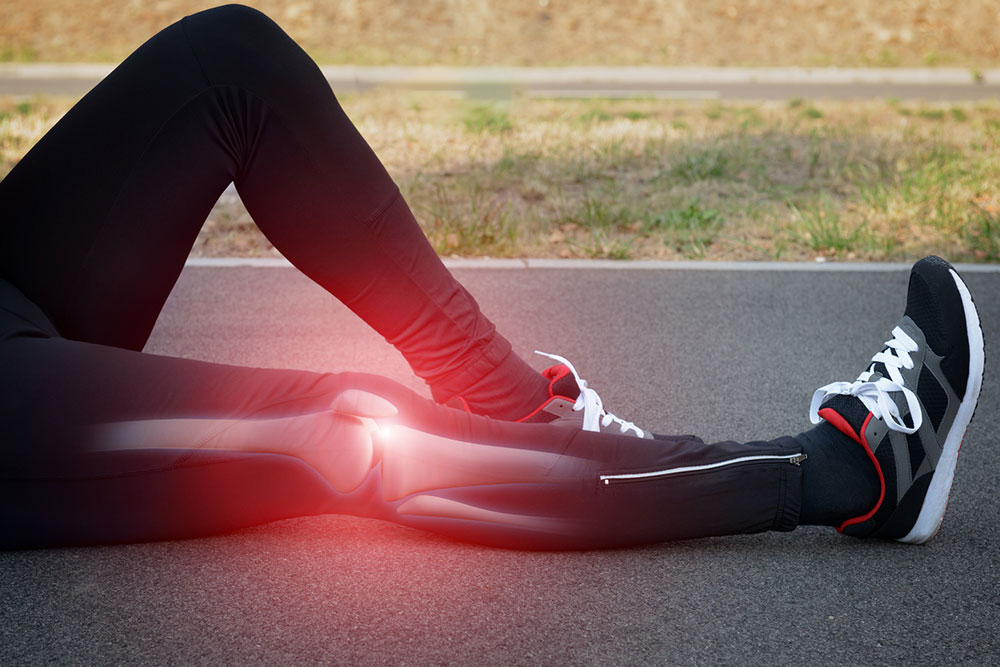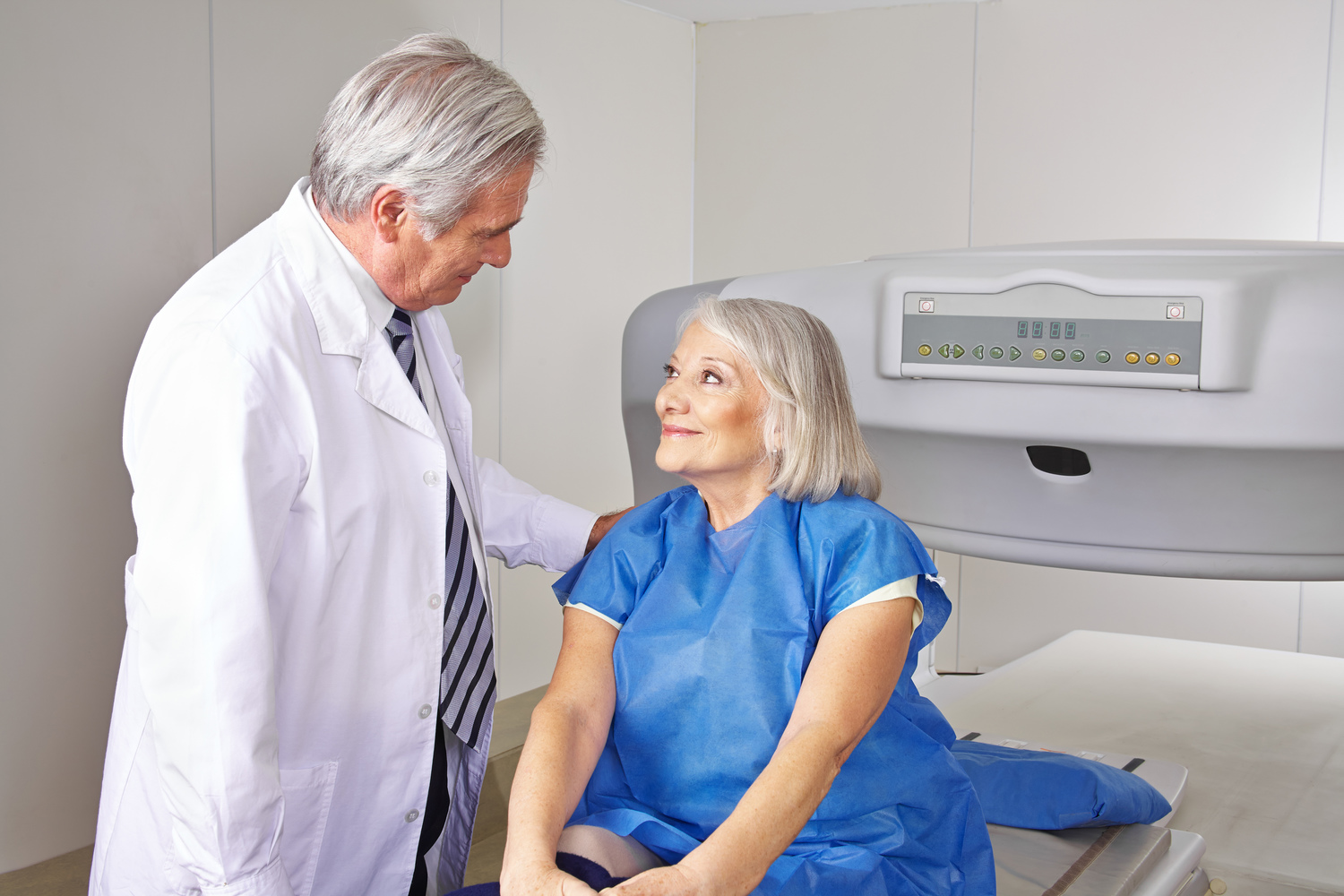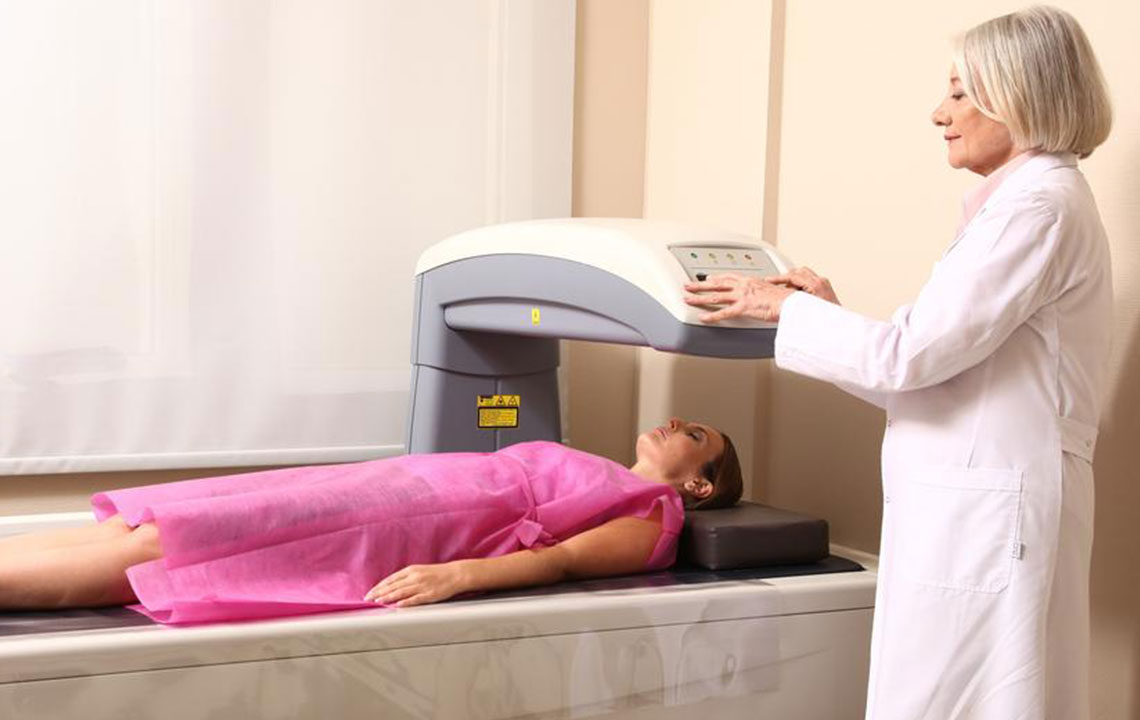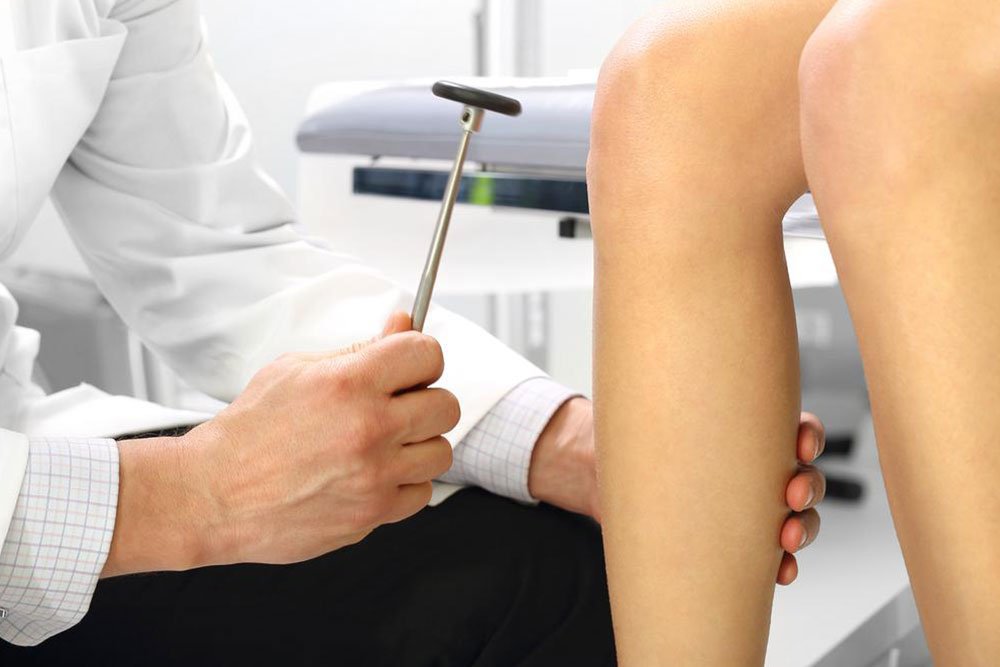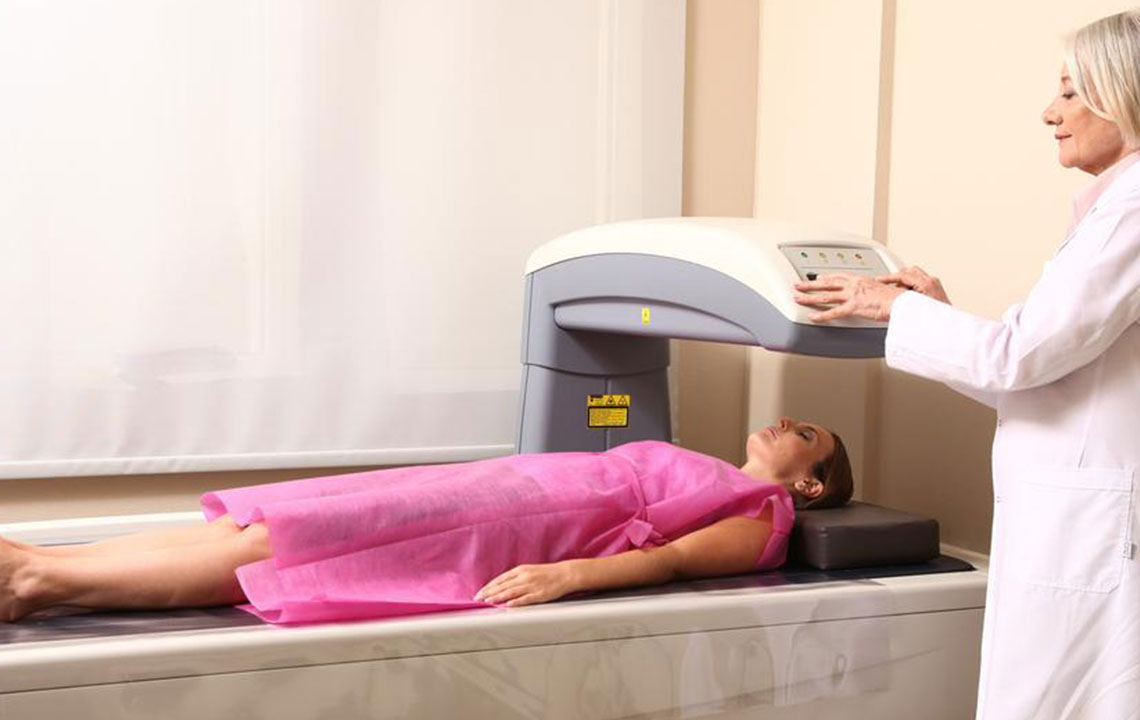Understanding Bone Density Assessments: A Complete Guide
Learn everything about bone density assessments, including methods, preparation, and who should get tested. This guide explains how DEXA scans evaluate bone strength, assess fracture risk, and help in osteoporosis management. Ideal for those over 65 or at risk, regular screenings are vital for maintaining bone health and preventing fractures.
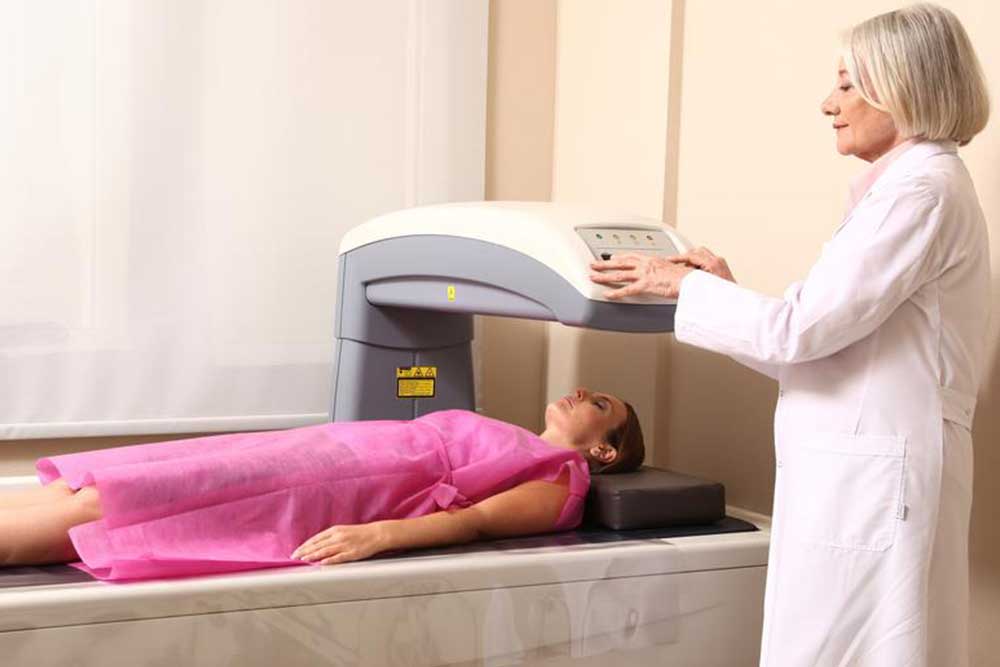
Understanding Bone Density Assessments: A Complete Guide
Bone mineral density (BMD) reflects the strength of bones and is crucial for diagnosing conditions like osteoporosis. A BMD test evaluates mineral content in bones, helping to assess fracture risks. The U.S. Preventive Services Task Force suggests women over 65 and younger women at risk should get tested. For men, it's recommended starting at age 70. The primary method, Dual-energy X-ray Absorptiometry (DEXA), uses low-dose X-rays to scan bones, especially the hips, spine, wrists, or legs. Preparations include avoiding calcium supplements and metal objects before the test. Results, expressed as T-score and Z-score, indicate bone health. A negative score points to weaker bones and higher fracture risk. Testing frequency varies based on individual health, typically every 2 to 15 years. Ideal candidates for screenings include women over 65, steroid users, transplant patients, and those with hormonal fluctuations.
Bone density assessments play a vital role in detecting osteoporosis and evaluating fracture risk. Non-invasive and painless, these tests inform treatment plans, helping maintain healthy bones. Regular screenings can prevent severe fractures and improve quality of life. Consult your healthcare provider to determine the appropriate timing and frequency of bone density tests based on your medical history and individual risk factors.
Bone mineral density
Osteoporosis diagnosis
Fracture risk assessment
DEXA scan
Bone health monitoring

